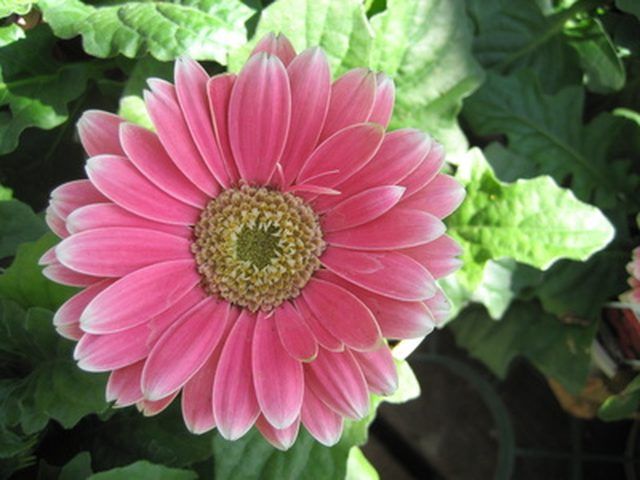Bulbs
Flower Basics
Flower Beds & Specialty Gardens
Flower Garden
Garden Furniture
Garden Gnomes
Garden Seeds
Garden Sheds
Garden Statues
Garden Tools & Supplies
Gardening Basics
Green & Organic
Groundcovers & Vines
Growing Annuals
Growing Basil
Growing Beans
Growing Berries
Growing Blueberries
Growing Cactus
Growing Corn
Growing Cotton
Growing Edibles
Growing Flowers
Growing Garlic
Growing Grapes
Growing Grass
Growing Herbs
Growing Jasmine
Growing Mint
Growing Mushrooms
Orchids
Growing Peanuts
Growing Perennials
Growing Plants
Growing Rosemary
Growing Roses
Growing Strawberries
Growing Sunflowers
Growing Thyme
Growing Tomatoes
Growing Tulips
Growing Vegetables
Herb Basics
Herb Garden
Indoor Growing
Landscaping Basics
Landscaping Patios
Landscaping Plants
Landscaping Shrubs
Landscaping Trees
Landscaping Walks & Pathways
Lawn Basics
Lawn Maintenance
Lawn Mowers
Lawn Ornaments
Lawn Planting
Lawn Tools
Outdoor Growing
Overall Landscape Planning
Pests, Weeds & Problems
Plant Basics
Rock Garden
Rose Garden
Shrubs
Soil
Specialty Gardens
Trees
Vegetable Garden
Yard Maintenance
The Meaning of Pink Gerbera Daisies
The Meaning of Pink Gerbera Daisies. The gerbera daisy, more commonly referred to as the Gerber daisy, is a bright bloom that often attracts the attention of any passerbys. Named after its founder, the flowers have come to symbolize certain sentiments and are given on various special occasions. Each color of daisy has a special meaning--even light...

The gerbera daisy, more commonly referred to as the Gerber daisy, is a bright bloom that often attracts the attention of any passerbys. Named after its founder, the flowers have come to symbolize certain sentiments and are given on various special occasions. Each color of daisy has a special meaning--even light and dark pink gerbera daisies convey different messages.
Identification
Gerbera daisies resemble the blooms of sunflowers and are almost just as large. Their stem is long and tubular with large leaves. They come in a wide variety of bright colors including pink, yellow, red, and white. There are 30 different species of the gerbera daisy including the Ambigua and Crocea. However, most cultivated varieties are derived from the common Gerber daisy, the Gerbera jamesonii. These flowers grow to about a foot in height with the average bloom measuring four inches wide.
History
The Gerbera daisy was discovered in 1884 by Robert Jameson near Barberton in South Africa. The flower's scientific name, Gerbera jamesonii, recalls Jameson's name. Beginning in 1890, a British naturalist, Richard Irwin Lynch, began new breeding programs to create more vibrant colors and enhance the flowers' quality.
Symbolism
There are various meanings of the daisy flower in general, including innocence and purity. The daisy has also long been a symbol of classic beauty. The gerbera daisy has an added symbolism of cheerfulness and joy because of its large flowering head. These daisies are popular for many special occasions because of their symbolism. The variety and many bright colors available have become a favorite choice for special occasions like birthdays, baby showers, wedding showers and congratulations.
Specifically, light pink gerbera daisies stand for admiration and sympathy, making them flowers often given as an act of friendship or as a get well present. The darker pink daisies are a symbol of gratitude and are often given as a token of thanks.
Growing Your Own
Gerbera daisies may be planted outdoors or enjoyed indoors. When planted outside, the blooms often last longer and may bloom for over six weeks. They require a lot of sunlight and well-drained soil. If temperatures get too warm, the flower may stop blooming. When planted indoors, the daisies require average humidity and should be misted with water during the winter months when not in bloom.
Considerations
Powdery mildew, a spotting virus and bacterial blight are the main diseases that can affect gerberas. More common problems that affect plant growth are easily fixable. Examples include drooping foliage, distorted flowers, short flowering stems, large foliage and stunted growth. These are all indications of an underlying problem such as inadequate soil temperature, not enough light, dryness, poor drainage or root rot (a result of poor drainage and/or overwatering).